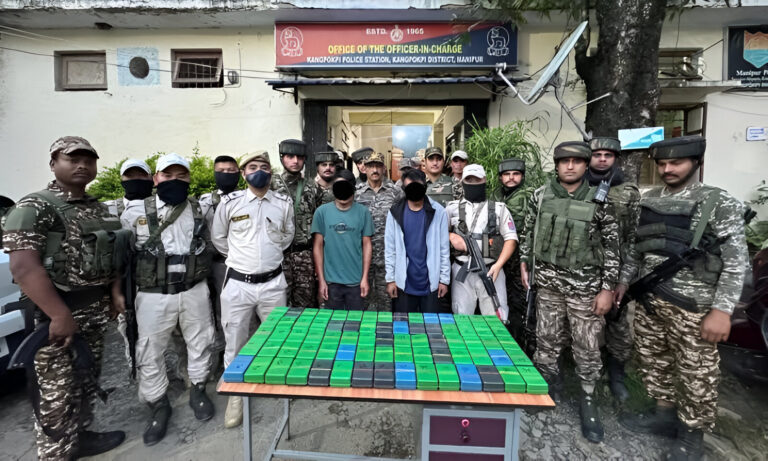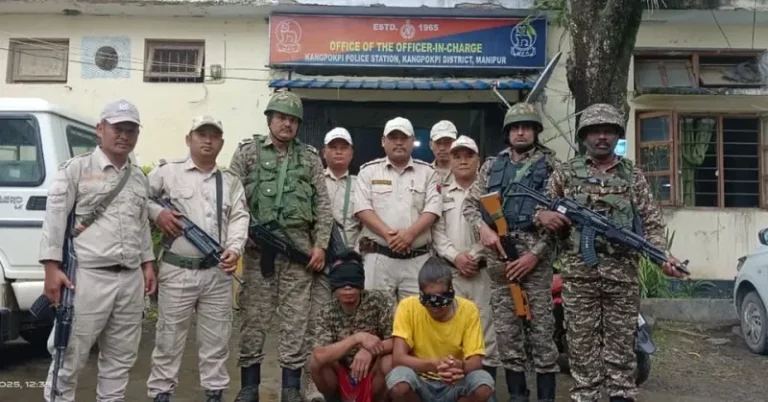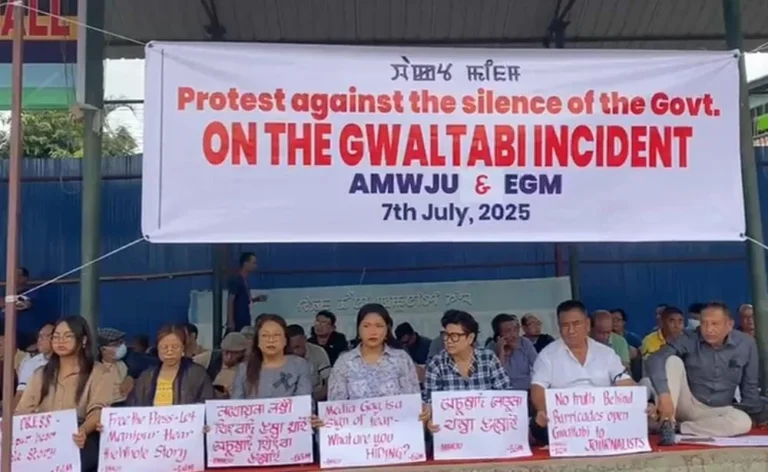Understanding Social Tensions in Manipur: A Deep Dive into Community Relations and Peace-Building
Brief Summary
Tensions escalated in Churachandpur, Manipur, following allegations of molestation, leading to protests and the imposition of a curfew. The incident highlights the delicate nature of community relations in the region and the need for peaceful conflict resolution mechanisms.
Understanding Manipur’s Complex Social Fabric
Historical Context
Manipur, a jewel in India’s northeastern crown, has long been characterized by its rich cultural tapestry and diverse ethnic composition. Like a delicate mosaic, each community brings its unique colors and patterns to create a stunning whole. But as with any intricate artwork, the relationships between these pieces require careful maintenance and understanding.
Have you ever wondered how centuries-old communities navigate the challenges of modern times while preserving their unique identities? This is the story that unfolds daily in Manipur, where tradition meets contemporary challenges in ways that continually reshape social dynamics.
The Current Landscape
Today’s Manipur presents a complex picture of social interactions, much like a carefully balanced ecosystem where each element affects the others. The state’s demographic makeup includes various ethnic groups, each with its own cultural practices, aspirations, and concerns. Think of it as a grand orchestra where each instrument must play in harmony to create beautiful music.
Root Causes of Social Tensions
Economic Factors
Let’s dig deeper into what often lies beneath surface tensions. Imagine a pie that seems to be shrinking while more people gather around the table – this metaphor helps understand the economic competition that sometimes fuels social friction. Key factors include:
- Limited job opportunities
- Resource distribution challenges
- Development disparities between regions
- Competition for government positions
- Land use and ownership disputes
Cultural Preservation Concerns
In today’s rapidly globalizing world, many communities feel like swimmers trying to stay afloat in increasingly turbulent waters. The fear of losing one’s cultural identity can manifest in various ways:
- Language preservation efforts
- Protection of traditional practices
- Concerns about demographic changes
- Cultural representation in governance
- Educational curriculum debates
Impact on Daily Life
Community Relations
When tensions rise, they ripple through society like stones thrown into a calm pond. The effects touch various aspects of daily life:
- Business interactions
- Educational institutions
- Social gatherings
- Public services
- Market activities
Economic Consequences
Tension and unrest can act like a heavy brake on economic progress. Consider these impacts:
- Disrupted trade patterns
- Reduced tourist visits
- Delayed development projects
- Affected local businesses
- Investment hesitation
The Path to Peace
Immediate Measures
Just as a doctor must first stop the bleeding before treating the underlying condition, immediate measures are crucial:
- Swift and fair law enforcement
- Transparent communication
- Community leader engagement
- Security measures that protect all
- Essential services maintenance
Long-term Solutions
Building lasting peace is like constructing a strong house – it requires a solid foundation and careful attention to every detail:
Dialogue and Understanding
- Regular community meetings
- Cultural exchange programs
- Youth engagement initiatives
- Inter-community sports events
- Joint festival celebrations
Economic Development
- Skill development programs
- Equal opportunity initiatives
- Infrastructure development
- Small business support
- Agricultural modernization
Role of Different Stakeholders
Government Initiatives
The government’s role is similar to that of a conductor in an orchestra, ensuring all parts work together harmoniously:
- Policy implementation
- Resource allocation
- Security maintenance
- Development planning
- Grievance redressal
Civil Society Organizations
Like bridge builders, these organizations play a crucial role:
- Conflict resolution
- Community outreach
- Peace-building programs
- Cultural preservation
- Youth engagement
Media Responsibility
Think of responsible media as the eyes and ears of society, crucial for:
- Balanced reporting
- Fact verification
- Peace promotion
- Community voices
- Solution-focused coverage
Building a Better Future
Education and Awareness
Education acts as a lighthouse, guiding society toward better understanding:
- Cultural sensitivity training
- History education
- Conflict resolution skills
- Community engagement
- Youth leadership programs
Economic Empowerment
Like planting seeds for future harvest, economic initiatives include:
- Skill development
- Entrepreneurship support
- Job creation
- Infrastructure development
- Technology access
The Way Forward
Community Engagement
Picture a tapestry where each thread strengthens the whole:
- Regular dialogues
- Joint celebrations
- Cultural exchanges
- Sports events
- Educational partnerships
Policy Recommendations
Like a roadmap to peace, these suggestions include:
- Inclusive governance
- Economic equity
- Cultural preservation
- Educational reform
- Security measures
Conclusion
Building peace in Manipur is like tending a garden – it requires patience, constant care, and understanding that beautiful results take time to grow. Every community member has a role to play in this process, from government officials to ordinary citizens.
Frequently Asked Questions
- Q: What are the main factors contributing to social tensions in Manipur? A: The main factors include economic competition, cultural preservation concerns, resource distribution, and historical grievances between communities.
- Q: How can ordinary citizens contribute to peace-building? A: Citizens can participate in community dialogues, support inter-community activities, practice cultural sensitivity, and report tensions to appropriate authorities.
- Q: What role does economic development play in reducing tensions? A: Economic development creates opportunities for all communities, reducing competition for resources and fostering cooperation through shared prosperity.
- Q: How effective are cultural exchange programs in building peace? A: Cultural exchange programs help build understanding and empathy between communities, breaking down stereotypes and fostering mutual respect.
- Q: What makes Manipur’s social fabric unique? A: Manipur’s social fabric is unique due to its diverse ethnic composition, rich cultural heritage, and complex historical interactions between various communities.





